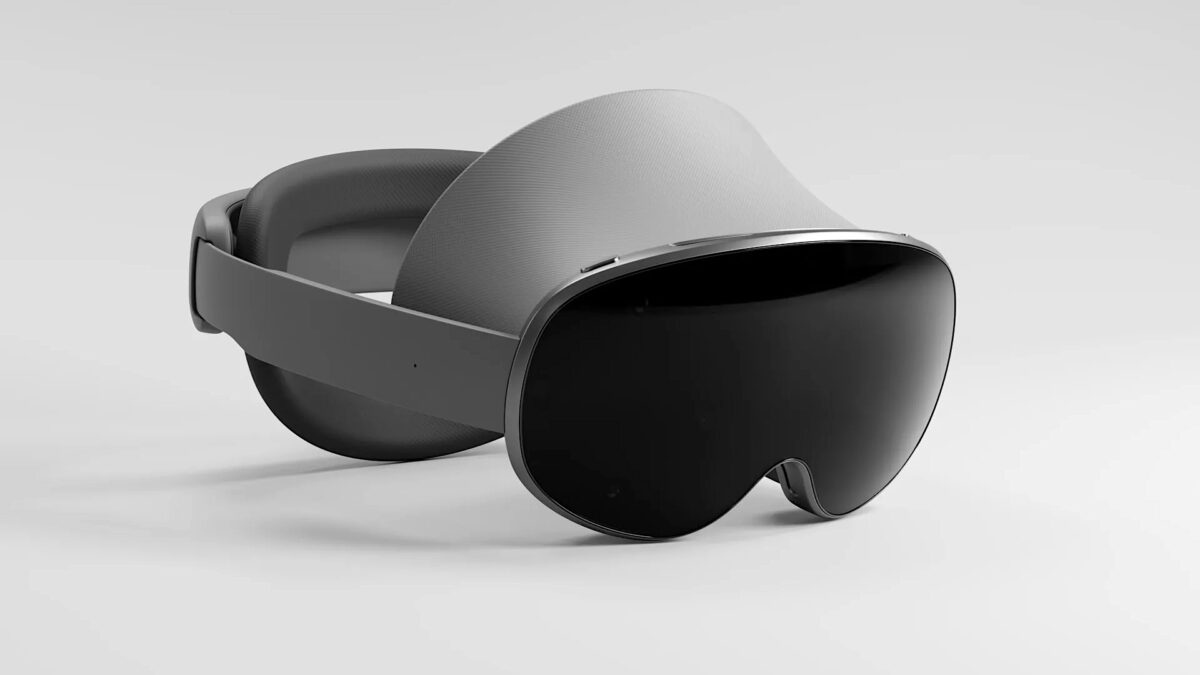In the ever-evolving world of virtual reality (VR) and augmented reality (AR), Samsung is preparing to launch its latest innovation—a mixed reality headset that promises to take the immersive experience to new heights. As companies race to dominate the emerging AR and VR space, Samsung’s new headset aims to blend the best aspects of both realities into a seamless user experience.
In this article, we dive deep into everything we know about Samsung’s mixed reality headset, from its cutting-edge features and specs to its release date and potential impact on the future of mixed reality technology.
1. What is Samsung’s Mixed Reality Headset?
Samsung’s new mixed reality headset is designed to offer both virtual reality (VR) and augmented reality (AR) experiences in a single device. The headset is expected to provide users with an immersive digital experience, allowing them to interact with the real world while also engaging in virtual environments.
Unlike traditional VR headsets, which shut out the real world in favor of a completely digital experience, mixed reality (MR) enables a seamless blend of both. This means users will be able to see the physical world around them while interacting with digital elements overlaid onto their surroundings.
Samsung’s headset aims to compete with existing MR devices, including the Microsoft HoloLens and Meta Quest Pro, offering a more accessible and innovative solution for both enterprise applications and consumer entertainment.
2. Key Features of Samsung’s Mixed Reality Headset
1. Advanced Display Technology
Samsung is known for its high-quality displays, and its mixed reality headset will likely continue that trend. Expect OLED or AMOLED displays for vivid color reproduction and deep blacks, offering a more immersive visual experience. The headset is expected to feature high-resolution screens to ensure that the virtual elements look crisp and realistic, while the real world remains clearly visible through the transparent lenses.
Samsung may also incorporate foveated rendering, a technique that reduces the graphics load by only rendering in high detail where the user is looking, further improving the device’s performance.
2. AR and VR Integration
One of the standout features of Samsung’s new headset is its ability to seamlessly transition between AR and VR experiences. Through a combination of advanced sensors, cameras, and AI, the headset will allow users to switch between virtual worlds and augmented environments with ease. This means that users can enjoy everything from immersive gaming and virtual tours to real-time interactive experiences and virtual meetings, all in one device.
3. Hand and Eye Tracking
Samsung’s mixed reality headset is expected to feature advanced hand tracking and eye tracking capabilities, allowing users to interact with the digital world through natural gestures. This technology enables intuitive controls, such as selecting objects, navigating menus, and interacting with virtual elements simply by moving your hands or eyes. Eye tracking will also improve the foveated rendering technology, ensuring that the visual experience is optimized based on where the user is looking.
4. Lightweight and Comfortable Design
Comfort is a significant consideration for wearable technology, especially with devices like mixed reality headsets that are worn for extended periods. Samsung is expected to prioritize comfort with a lightweight design and ergonomic features. This could include adjustable straps, breathable materials, and better weight distribution to reduce strain on the head and neck.
5. 5G and Wi-Fi 6 Connectivity
For seamless performance, Samsung’s mixed reality headset will likely come with 5G and Wi-Fi 6 support, allowing for fast and stable data transmission. This will enable smooth streaming of high-quality content, as well as real-time interaction in multiplayer AR or VR applications, reducing latency and improving the overall experience.
6. Integration with Samsung Ecosystem
As part of Samsung’s larger ecosystem of devices, the mixed reality headset will likely integrate well with other Samsung products, such as smartphones, tablets, and smartwatches. For example, you may be able to stream content from your phone directly to the headset or use a smartwatch for motion tracking or biometric data collection during a VR game or AR workout.
3. Potential Use Cases for Samsung’s Mixed Reality Headset
Samsung’s mixed reality headset is expected to cater to a wide range of industries and applications, making it not just a consumer product, but a powerful tool for professionals as well. Here are some of the potential use cases for the device:
1. Gaming and Entertainment
The most exciting application for Samsung’s MR headset is in the world of gaming and entertainment. The device will provide an immersive experience for gamers, allowing them to explore virtual worlds, participate in interactive stories, and enjoy a new level of realism that traditional screens can’t offer. Additionally, mixed reality will bring new possibilities for live events and concerts, allowing fans to experience performances in real-time, from their home or on the go.
2. Education and Training
Samsung’s mixed reality headset could become a key tool for education and training, allowing students to experience subjects in a more interactive way. For example, students could virtually explore historical sites, conduct science experiments, or even perform medical procedures in a simulated environment. MR headsets are particularly valuable in fields like medicine, engineering, and aerospace, where hands-on training is essential.
3. Remote Work and Virtual Meetings
As remote work becomes more common, companies are exploring ways to make virtual meetings more engaging. Samsung’s MR headset could facilitate virtual offices where employees interact with each other in 3D spaces, mimicking face-to-face interactions. The headset could also be used for virtual collaboration on projects, design work, or brainstorming sessions.
4. Health and Fitness
With fitness apps becoming more advanced, Samsung’s MR headset could revolutionize the fitness industry by offering immersive workout experiences. Whether you’re practicing yoga in a virtual mountain setting or engaging in a full-body workout, MR can make exercise more enjoyable and effective. The device may also track performance metrics, such as heart rate, calories burned, and body movements, providing real-time feedback.
4. Release Date and Price
As of now, Samsung has not officially confirmed the exact release date or pricing for its mixed reality headset. However, rumors suggest that the device will be announced at Samsung Galaxy Unpacked 2025, with availability potentially coming soon after.
Given the device’s advanced features and premium design, the headset is expected to fall in the higher price range, likely competing with other mixed reality and VR headsets on the market, such as Meta’s Quest Pro and Microsoft’s HoloLens. While the price is uncertain, we can expect it to be in the $1,000 to $2,000 range based on the technology and use cases it promises to support.
5. Conclusion: The Future of Mixed Reality with Samsung
Samsung’s new mixed reality headset promises to be a game-changer in the world of immersive technology. By seamlessly integrating AR and VR experiences into one device, it opens up a wide range of possibilities for entertainment, education, work, and more. With cutting-edge features like hand tracking, eye tracking, and 5G connectivity, Samsung is positioning itself as a major player in the emerging mixed reality space.
As the headset’s release approaches, we’ll undoubtedly learn more about its capabilities, pricing, and potential applications. Whether you’re a gamer, a professional, or someone looking for new ways to interact with the world around you, Samsung’s MR headset could be the next big step in the evolution of augmented and virtual reality technology.














